Preface
Introduction
Example Opportunistic Scheduling Problem
Example Problem 1: Minimizing Time Average Power Subject to Stability
Example Problem 2: Maximizing Throughput Subject to Time Average Power Constraints
Example Problem 3: Maximizing Throughput-Utility Subject to Time Average Power Constraints
General Stochastic Optimization Problems
Lyapunov Drift and Lyapunov Optimization
Differences from our Earlier Text
Alternative Approaches
On General Markov Decision Problems
On Network Delay
Delay and Dynamic Programming
Optimal O(V) and O(log(V)) delay tradeoffs
Delay-optimal Algorithms for Symmetric Networks
Order-optimal Delay Scheduling and Queue Grouping
Heavy Traffic and Decay Exponents
Capacity and Delay Tradeoffs for Mobile Networks
Preliminaries
Introduction to Queues
Rate Stability
Stronger Forms of Stability
Randomized Scheduling for Rate Stability
A 3-Queue, 2-Server Example
A 2-Queue Opportunistic Scheduling Example
Exercises
Dynamic Scheduling Example
Scheduling for Stability
The S-only Algorithm and max
Lyapunov Drift for Stable Scheduling
The ``Min-Drift'' or ``Max-Weight'' Algorithm
Iterated Expectations and Telescoping Sums
Simulation of the Max-Weight Algorithm
Stability and Average Power Minimization
Drift-Plus-Penalty
Analysis of the Drift-Plus-Penalty Algorithm
Optimizing the Bounds
Simulations of the Drift-Plus-Penalty Algorithm
Generalizations
Optimizing Time Averages
Lyapunov Drift and Lyapunov Optimization
Lyapunov Drift Theorem
Lyapunov Optimization Theorem
Probability 1 Convergence
General System Model
Boundedness Assumptions
Optimality via -only Policies
Virtual Queues
The Min Drift-Plus-Penalty Algorithm
Where are we Using the i.i.d. Assumptions?
Examples
Dynamic Server Scheduling
Opportunistic Scheduling
Variable V Algorithms
Place-Holder Backlog
Non-i.i.d. Models and Universal Scheduling
Markov Modulated Processes
Non-Ergodic Models and Arbitrary Sample Paths
Exercises
Appendix 4.A --- Proving Theorem 4.5
The Region
Characterizing Optimality
Optimizing Functions of Time Averages
The Rectangle Constraint R
Jensen's Inequality
Auxiliary Variables
Solving the Transformed Problem
A Flow-Based Network Model
Performance of the Flow-Based Algorithm
Delayed Feedback
Limitations of this Model
Multi-Hop Queueing Networks
Transmission Variables
The Utility Optimization Problem
Multi-Hop Network Utility Maximization
Backpressure-Based Routing and Resource Allocation
General Optimization of Convex Functions of Time Averages
Non-Convex Stochastic Optimization
Worst Case Delay
The -persistent service queue
The Drift-Plus-Penalty for Worst-Case Delay
Algorithm Performance
Alternative Fairness Metrics
Exercises
Approximate Scheduling
Time-Invariant Interference Networks
Computing over Multiple Slots
Randomized Searching for the Max-Weight Solution
The Jiang-Walrand Theorem
Multiplicative Factor Approximations
Optimization of Renewal Systems
The Renewal System Model
The Optimization Goal
Optimality over i.i.d. algorithms
Drift-Plus-Penalty for Renewal Systems
Alternate Formulations
Minimizing the Drift-Plus-Penalty Ratio
The Bisection Algorithm
Optimization over Pure Policies
Caveat --- Frames with Initial Information
Task Processing Example
Utility Optimization for Renewal Systems
The Utility Optimal Algorithm for Renewal Systems
Dynamic Programming Examples
Delay-Limited Transmission Example
Markov Decision Problem for Minimum Delay Scheduling
Exercises
Conclusions
Bibliography
Author's Biography
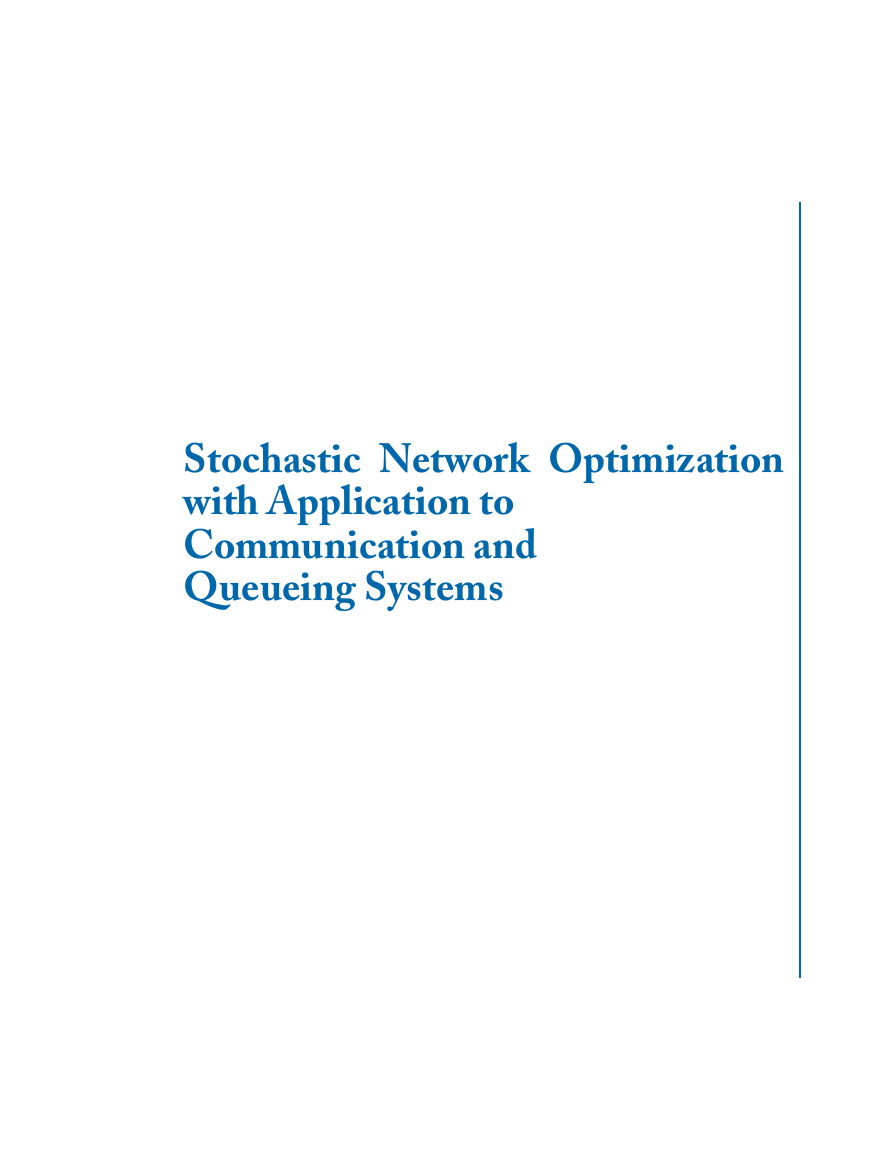
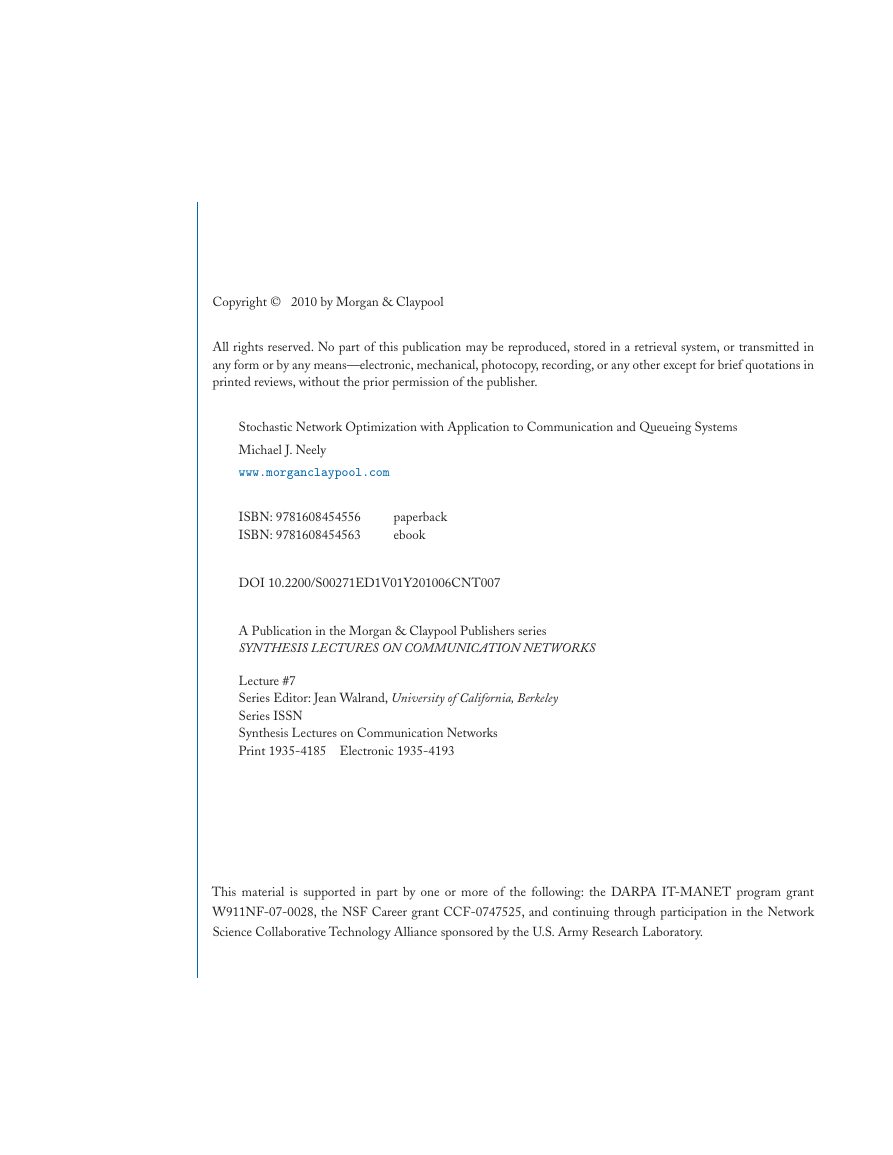
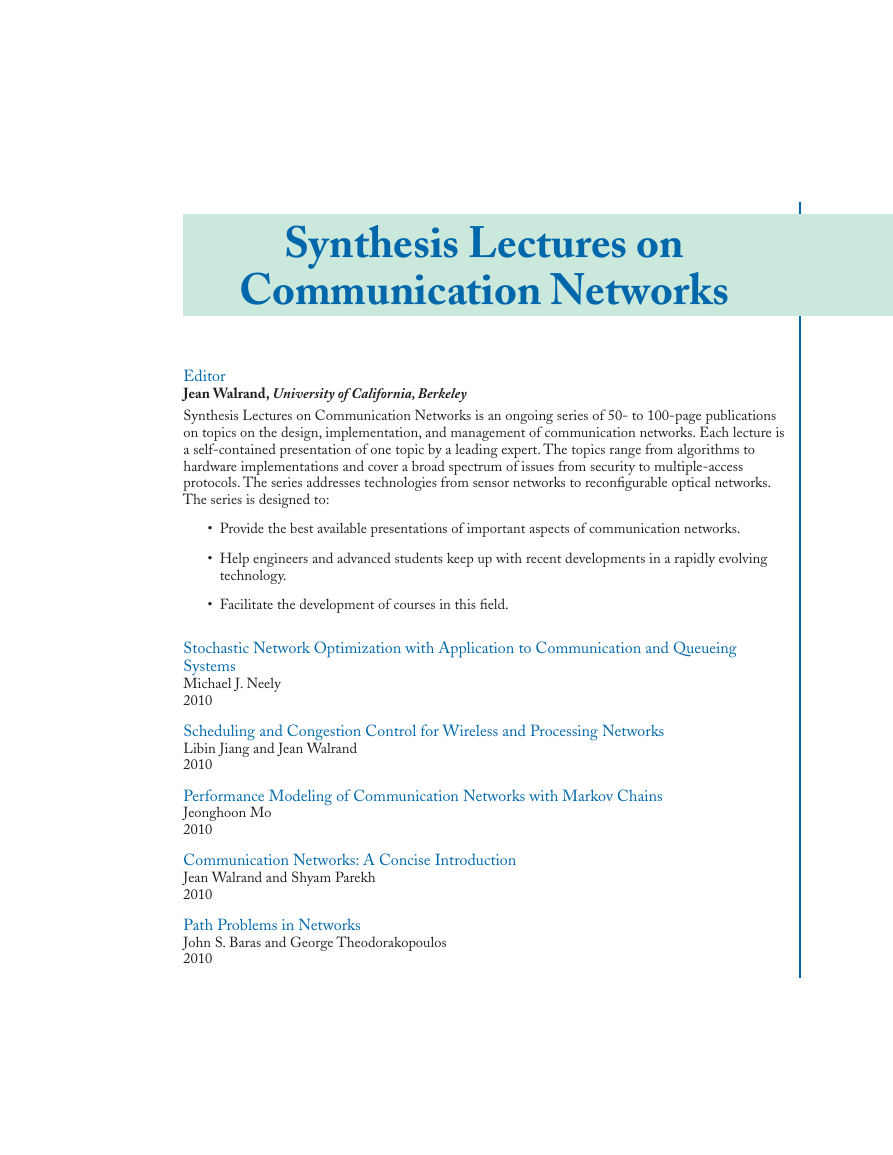
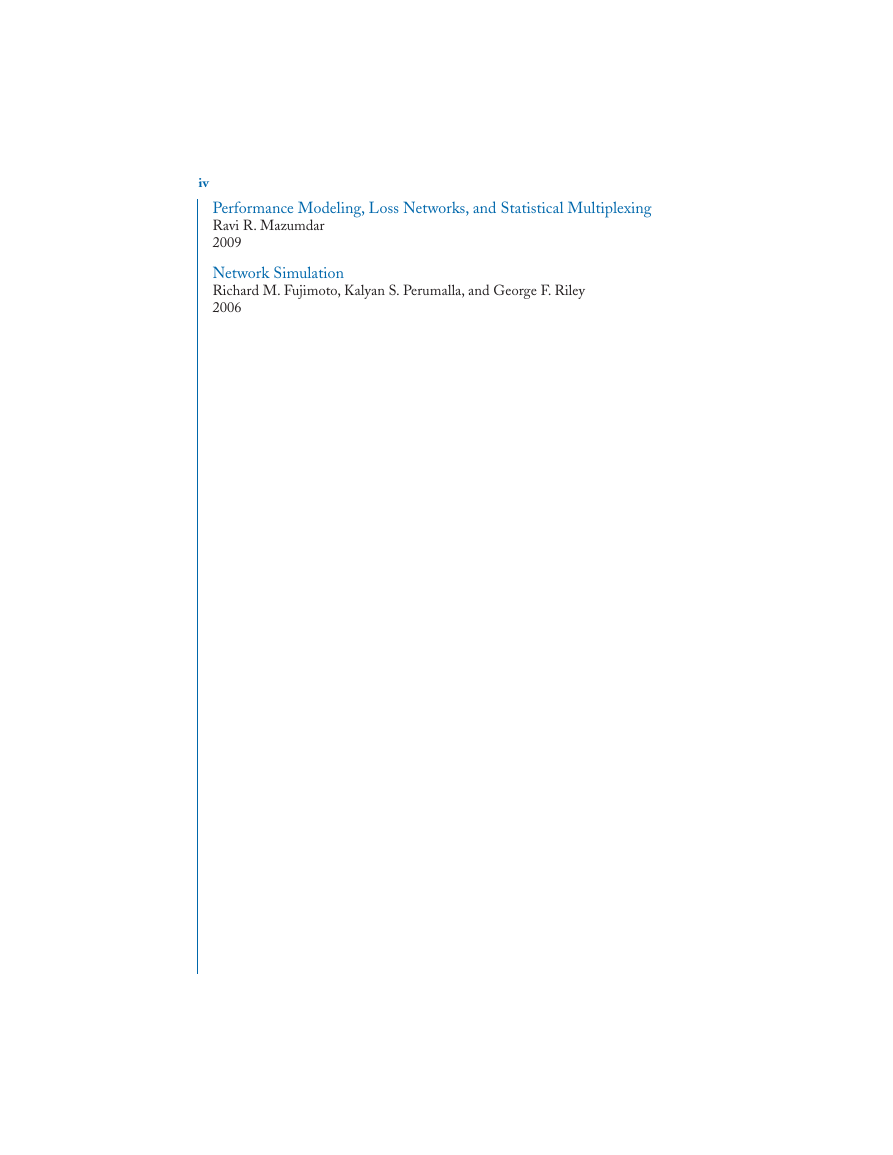

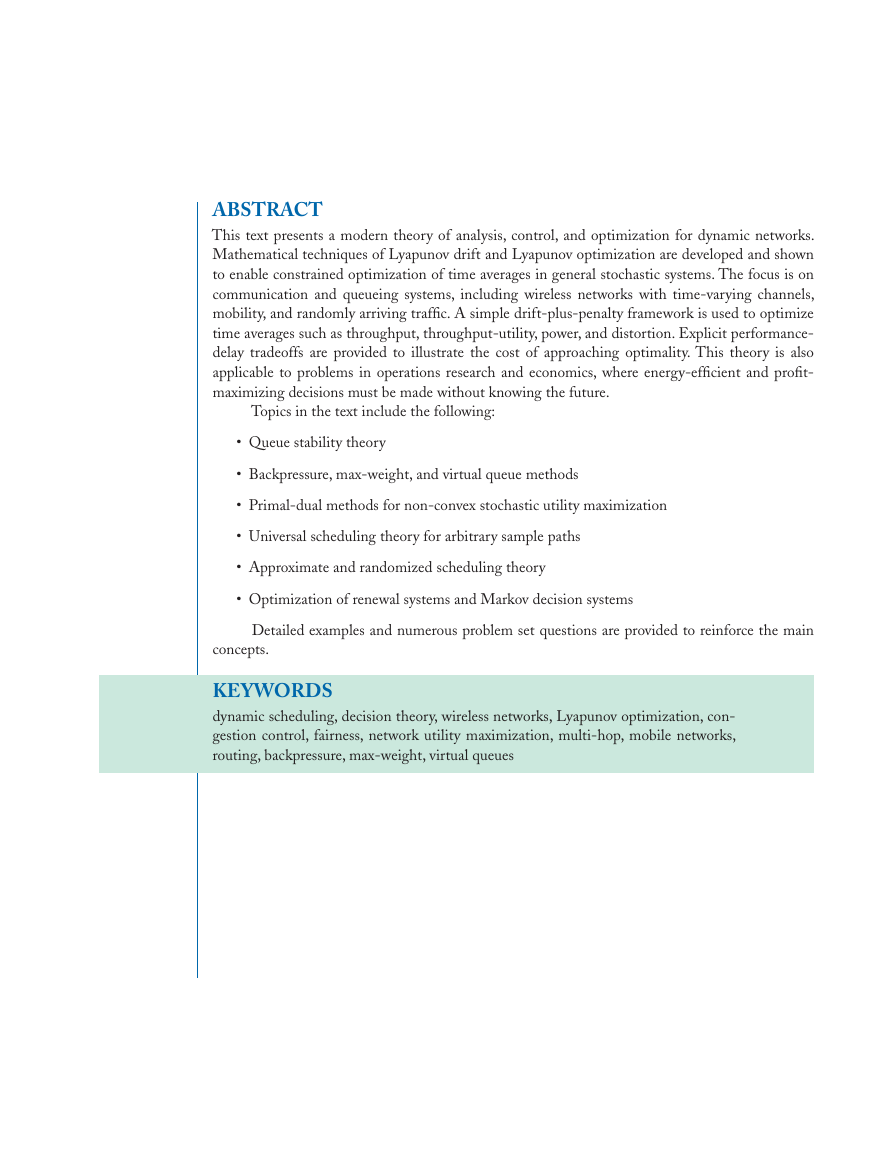
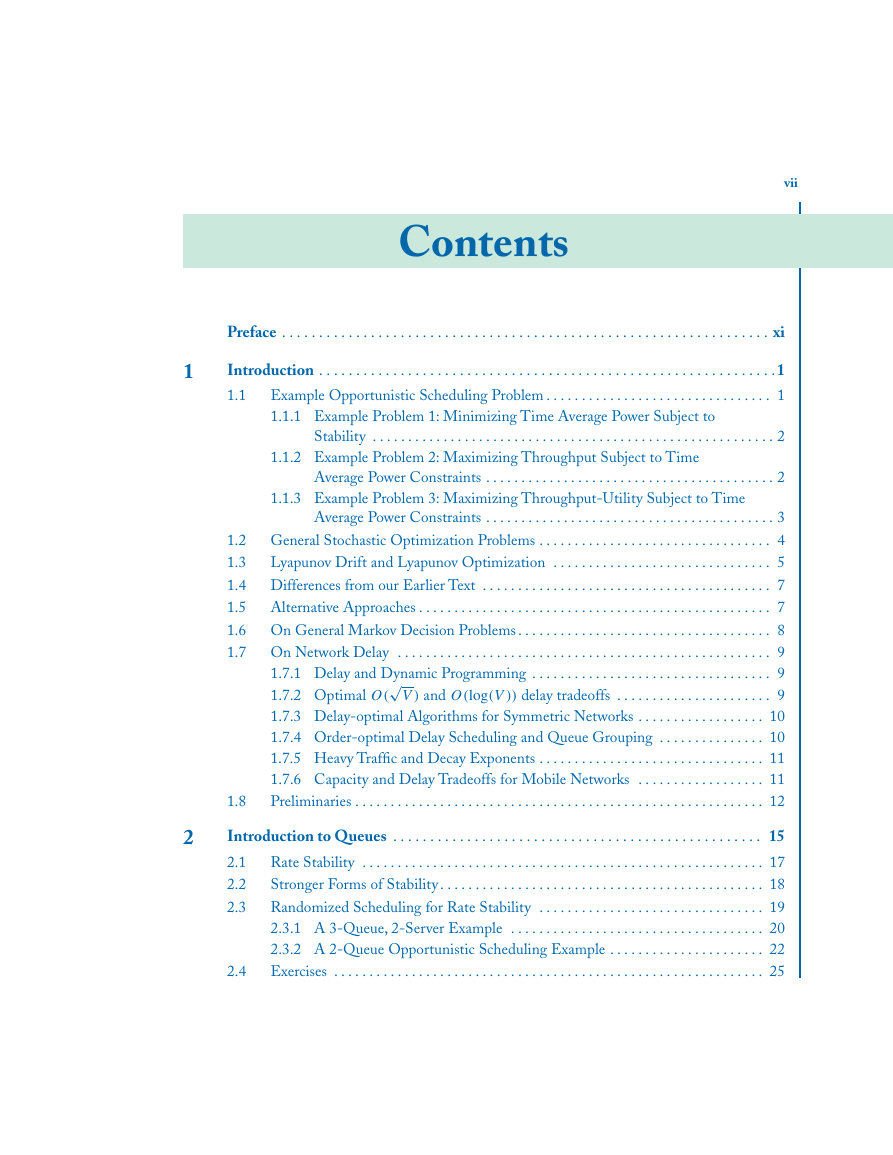
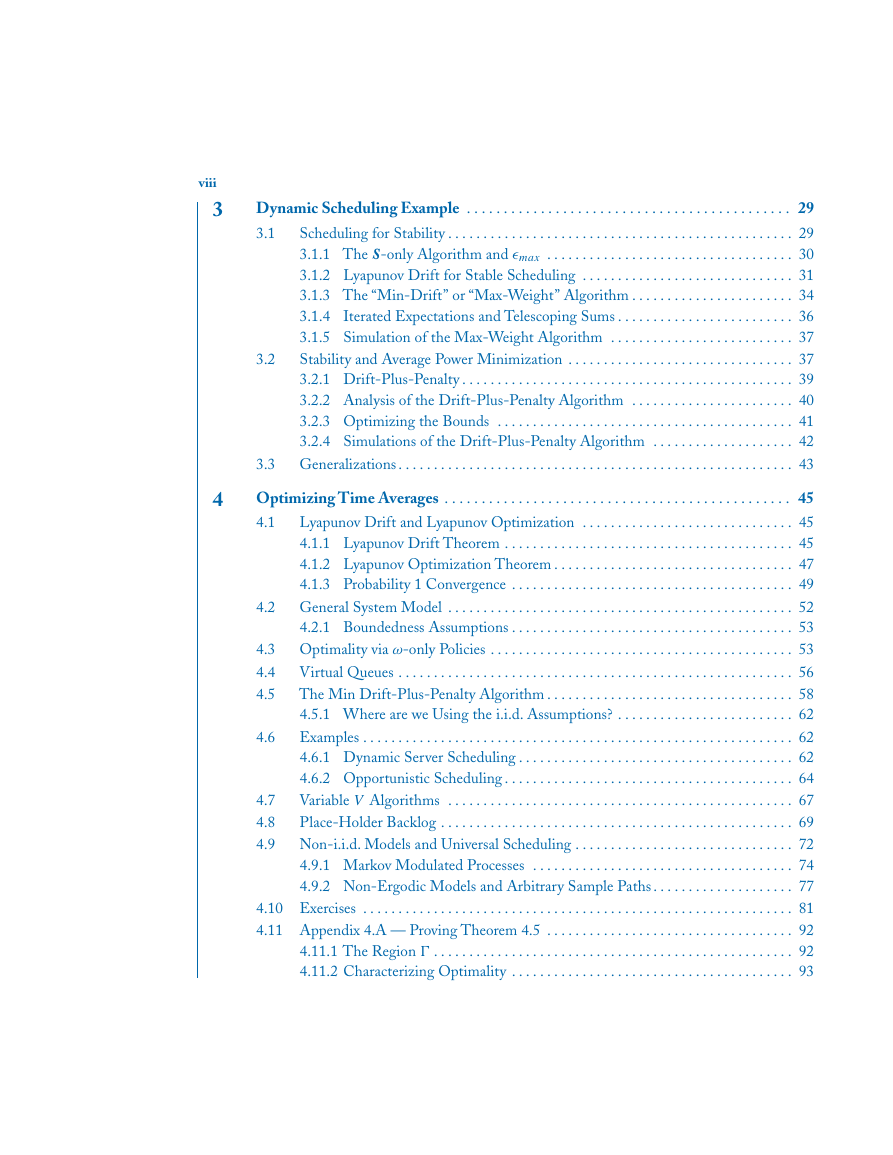








 2023年江西萍乡中考道德与法治真题及答案.doc
2023年江西萍乡中考道德与法治真题及答案.doc 2012年重庆南川中考生物真题及答案.doc
2012年重庆南川中考生物真题及答案.doc 2013年江西师范大学地理学综合及文艺理论基础考研真题.doc
2013年江西师范大学地理学综合及文艺理论基础考研真题.doc 2020年四川甘孜小升初语文真题及答案I卷.doc
2020年四川甘孜小升初语文真题及答案I卷.doc 2020年注册岩土工程师专业基础考试真题及答案.doc
2020年注册岩土工程师专业基础考试真题及答案.doc 2023-2024学年福建省厦门市九年级上学期数学月考试题及答案.doc
2023-2024学年福建省厦门市九年级上学期数学月考试题及答案.doc 2021-2022学年辽宁省沈阳市大东区九年级上学期语文期末试题及答案.doc
2021-2022学年辽宁省沈阳市大东区九年级上学期语文期末试题及答案.doc 2022-2023学年北京东城区初三第一学期物理期末试卷及答案.doc
2022-2023学年北京东城区初三第一学期物理期末试卷及答案.doc 2018上半年江西教师资格初中地理学科知识与教学能力真题及答案.doc
2018上半年江西教师资格初中地理学科知识与教学能力真题及答案.doc 2012年河北国家公务员申论考试真题及答案-省级.doc
2012年河北国家公务员申论考试真题及答案-省级.doc 2020-2021学年江苏省扬州市江都区邵樊片九年级上学期数学第一次质量检测试题及答案.doc
2020-2021学年江苏省扬州市江都区邵樊片九年级上学期数学第一次质量检测试题及答案.doc 2022下半年黑龙江教师资格证中学综合素质真题及答案.doc
2022下半年黑龙江教师资格证中学综合素质真题及答案.doc